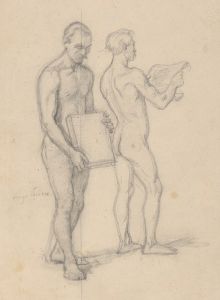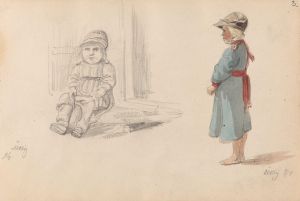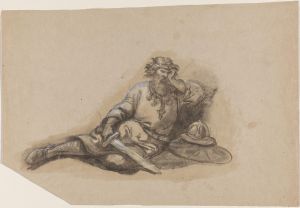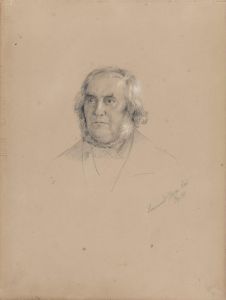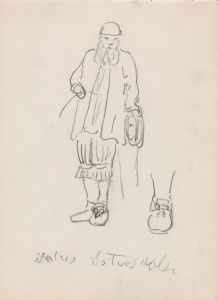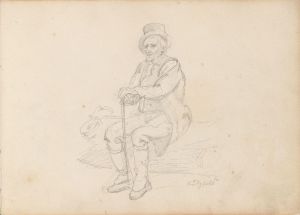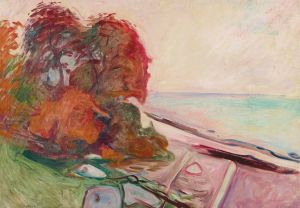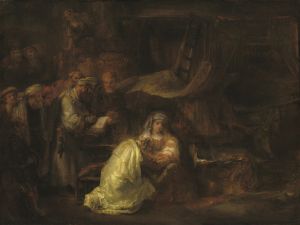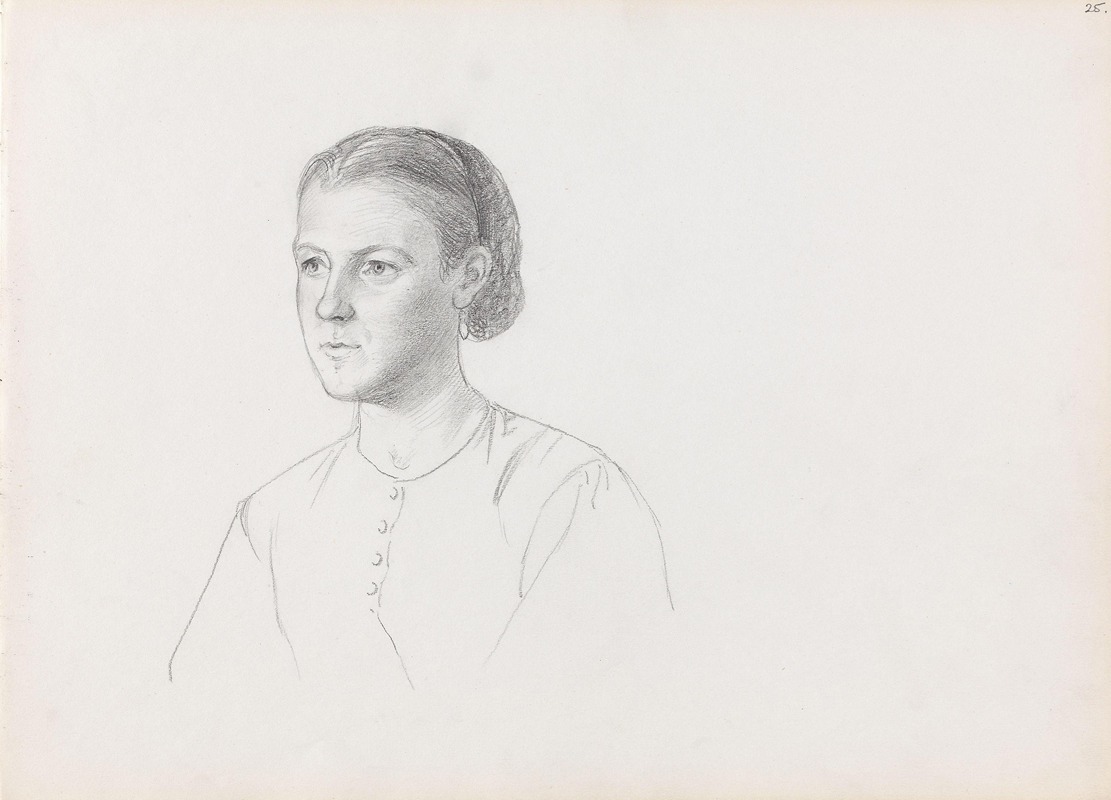
Portrait of a woman
A hand-painted replica of Adolph Tidemand’s masterpiece Portrait of a woman, meticulously crafted by professional artists to capture the true essence of the original. Each piece is created with museum-quality canvas and rare mineral pigments, carefully painted by experienced artists with delicate brushstrokes and rich, layered colors to perfectly recreate the texture of the original artwork. Unlike machine-printed reproductions, this hand-painted version brings the painting to life, infused with the artist’s emotions and skill in every stroke. Whether for personal collection or home decoration, it instantly elevates the artistic atmosphere of any space.
Adolph Tidemand (1814–1876) was a renowned Norwegian painter, best known for his depictions of traditional Norwegian life and culture. One of his notable works is "Portrait of a Woman," which exemplifies his skill in capturing the essence of his subjects with meticulous detail and emotional depth.
"Portrait of a Woman" by Adolph Tidemand is a fine example of 19th-century portraiture, reflecting the artist's keen observation and ability to convey the personality and status of his subjects. Tidemand's portraits often focused on the everyday people of Norway, and this painting is no exception. The woman in the portrait is depicted with a serene and composed expression, suggesting a sense of dignity and inner strength.
The painting showcases Tidemand's characteristic attention to detail, particularly in the rendering of the woman's clothing and accessories. Her attire is indicative of the period's fashion, with careful attention paid to the textures and patterns of the fabric. This attention to detail not only highlights Tidemand's technical proficiency but also provides insight into the cultural and social context of the time.
Tidemand's use of light and shadow in "Portrait of a Woman" adds depth and dimension to the painting, creating a lifelike representation of the subject. The subtle play of light on the woman's face and the soft shadows cast by her features contribute to the overall realism of the portrait. This technique is a testament to Tidemand's mastery of chiaroscuro, a technique that uses strong contrasts between light and dark to achieve a sense of volume and three-dimensionality.
The background of the portrait is relatively simple, ensuring that the viewer's focus remains on the woman. This simplicity is a common feature in Tidemand's portraits, allowing the subject's personality and presence to take center stage. The neutral background also serves to highlight the intricate details of the woman's attire and the delicate features of her face.
Adolph Tidemand's "Portrait of a Woman" is a significant work within his oeuvre, reflecting his dedication to portraying the people of Norway with authenticity and respect. His ability to capture the individuality of his subjects, combined with his technical skill, has earned him a lasting place in the history of Norwegian art.
Throughout his career, Tidemand was deeply influenced by the Romantic movement, which emphasized emotion, nature, and the glorification of the past. This influence is evident in his portraits, which often convey a sense of nostalgia and reverence for traditional Norwegian life. "Portrait of a Woman" is a prime example of how Tidemand's work bridges the gap between individual representation and broader cultural themes.
In summary, "Portrait of a Woman" by Adolph Tidemand is a masterful example of 19th-century Norwegian portraiture. The painting's attention to detail, use of light and shadow, and focus on the subject's individuality are hallmarks of Tidemand's style. This work not only showcases his technical prowess but also provides a window into the cultural and social milieu of Norway during his lifetime.





